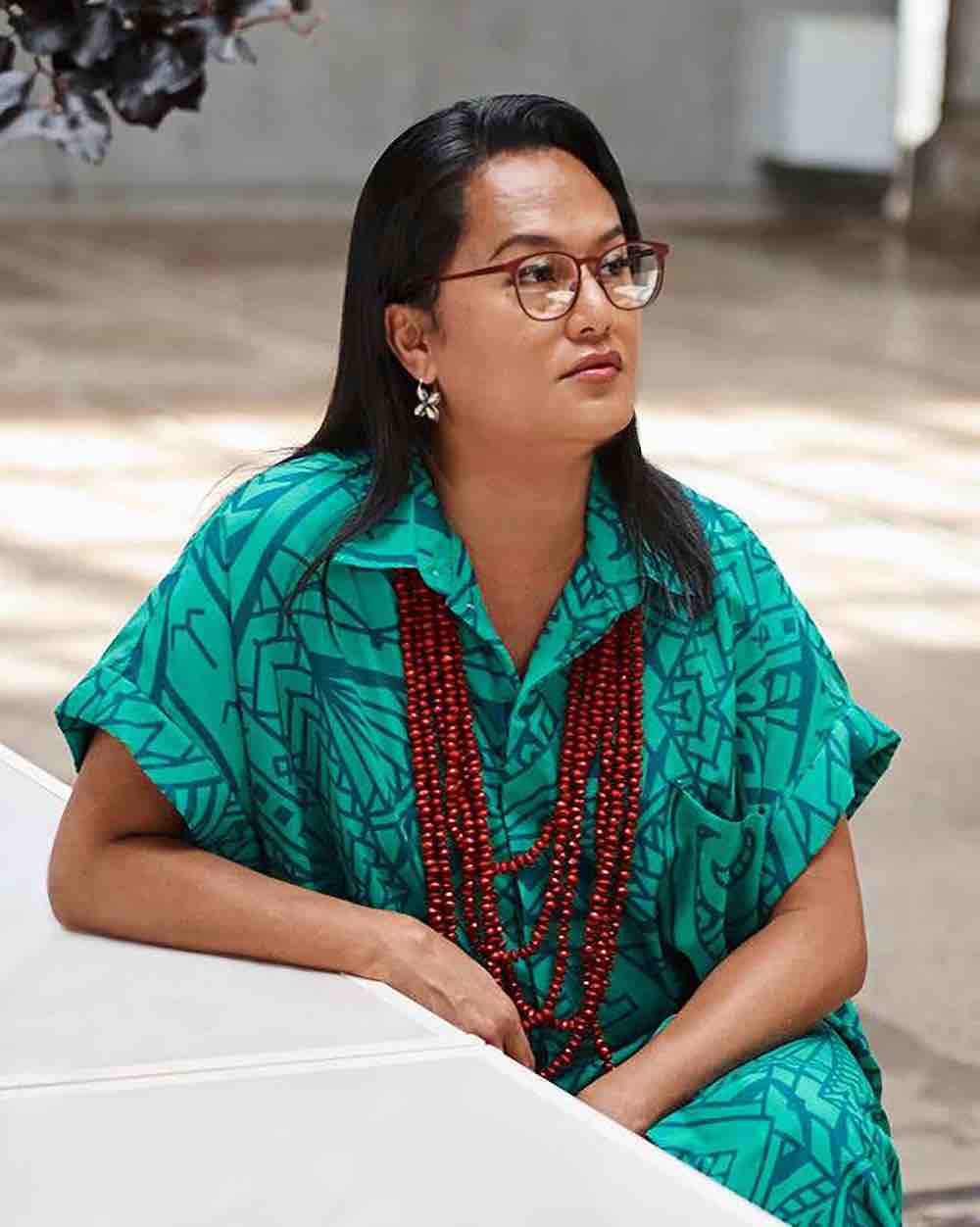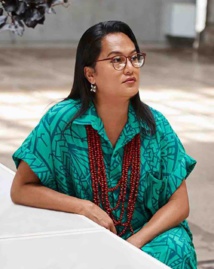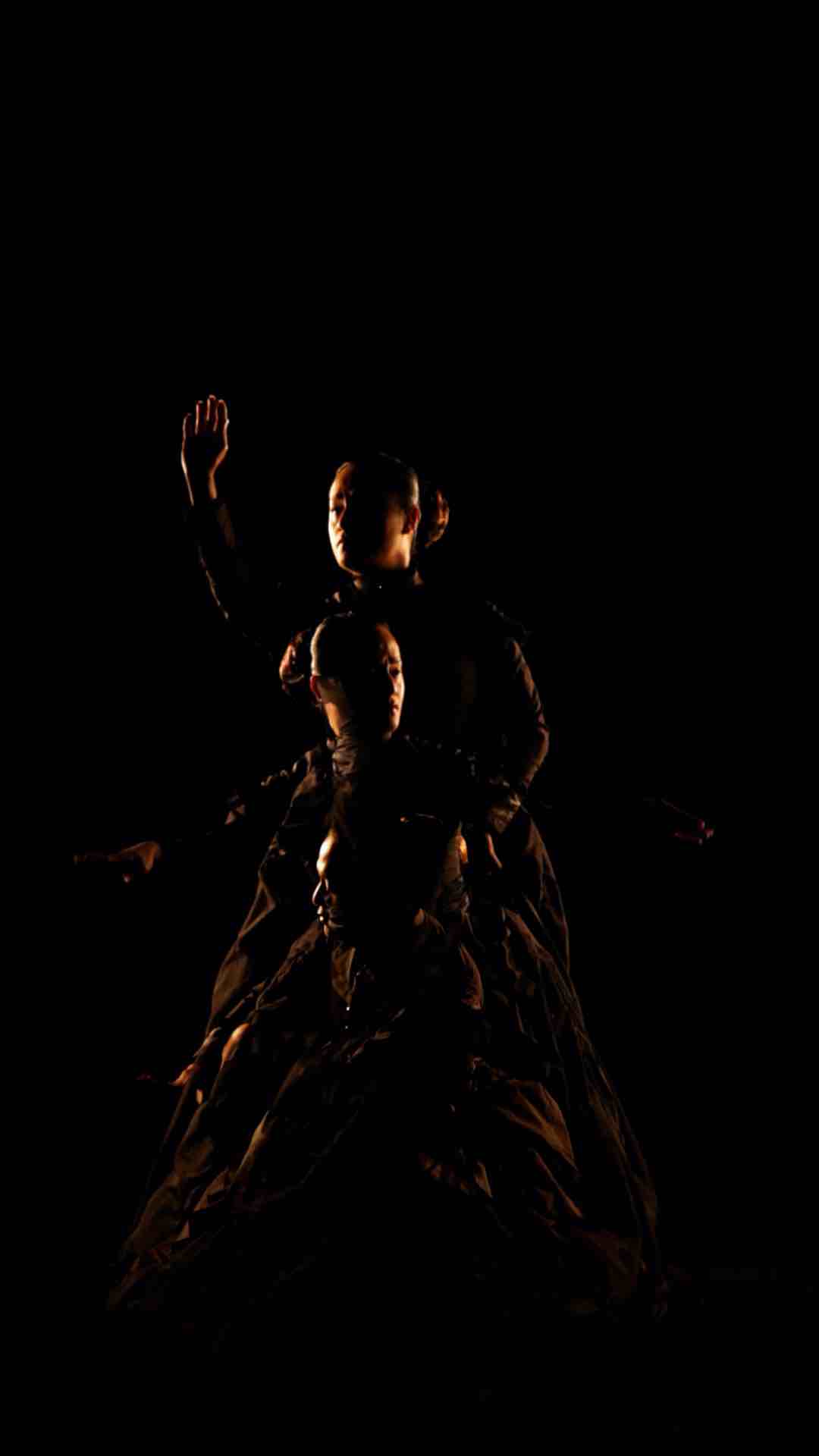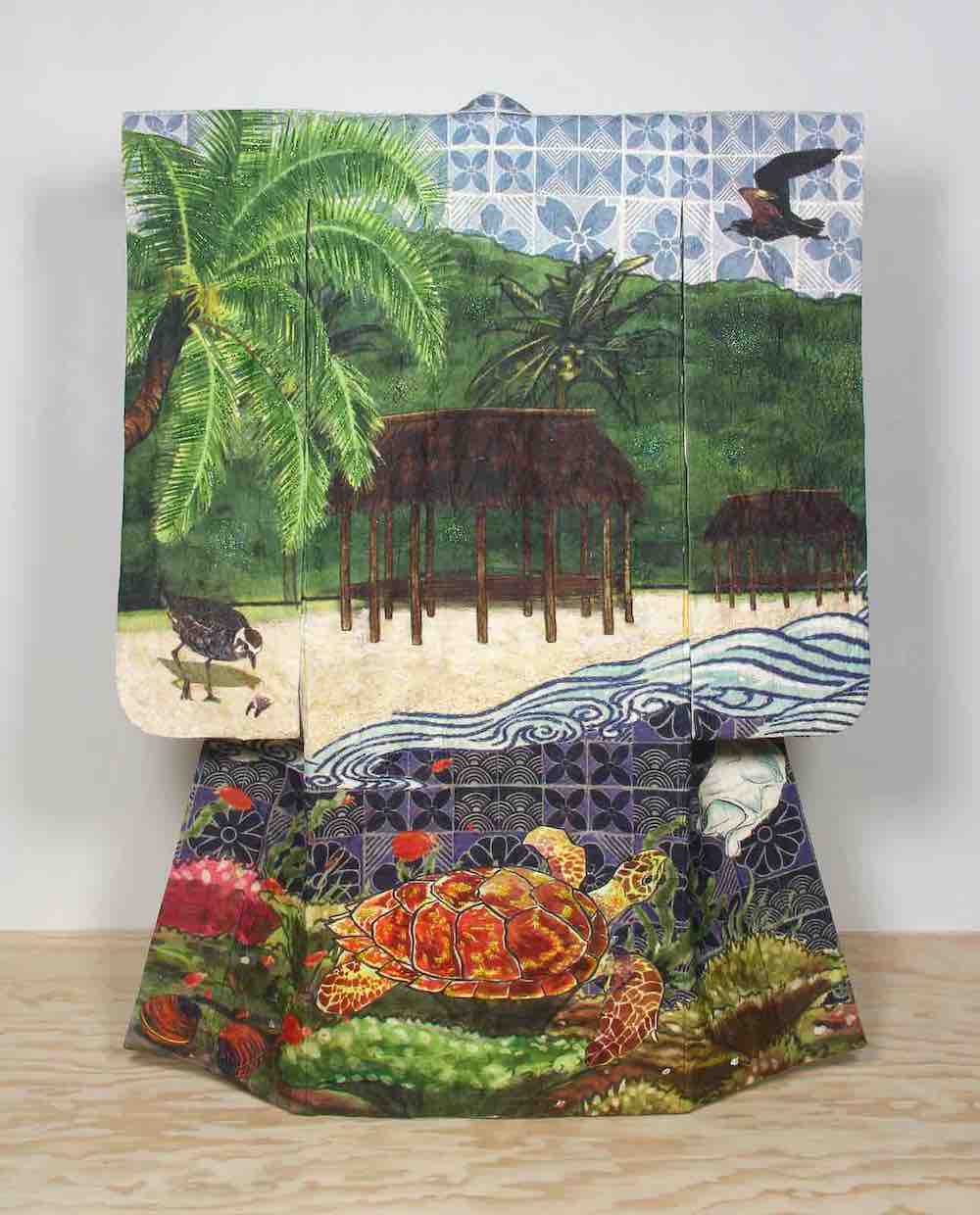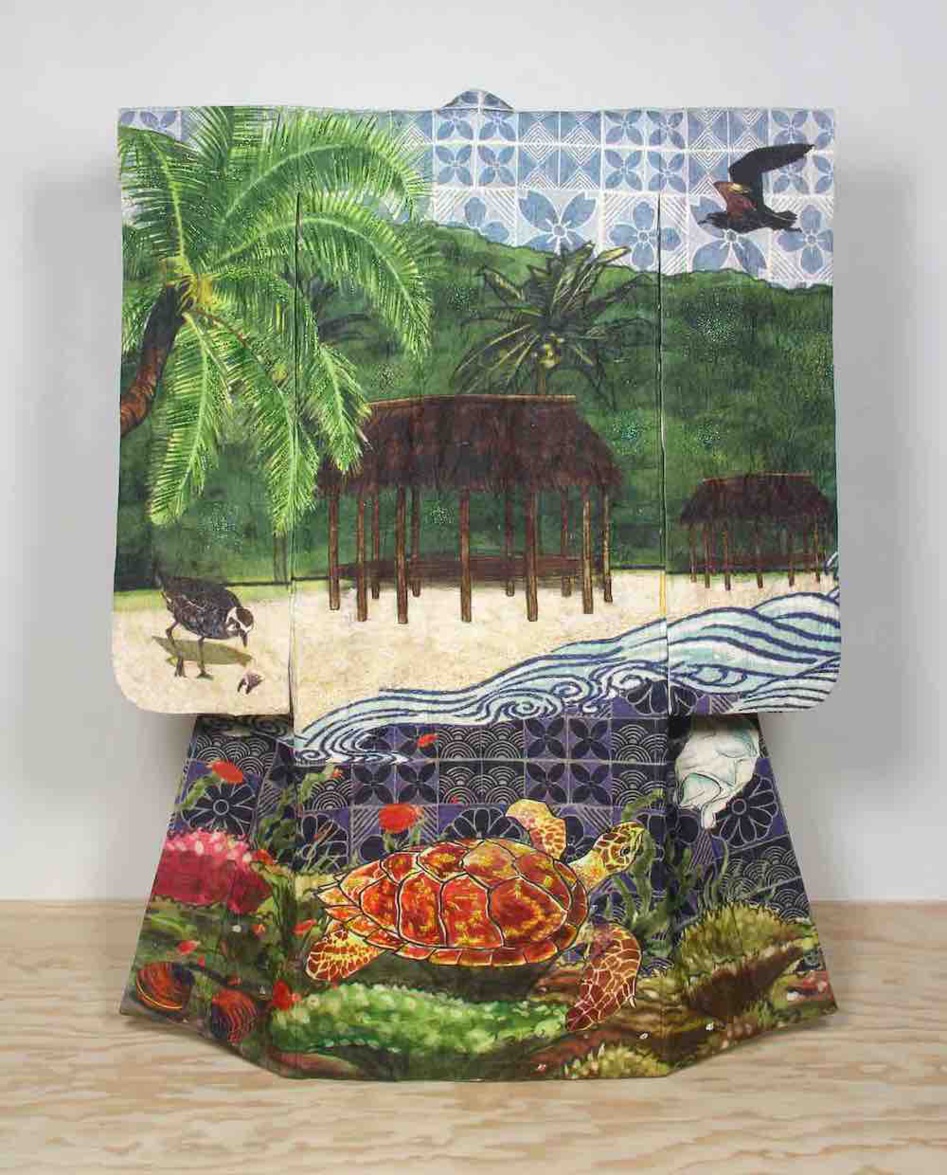More about Yuki Kihara
Yuki regards herself as belonging to the third gender called fa’afafine in Samoa. Kihara, across a range of media, including photography, performance and video, has built a comprehensive body of work and curatorial practice that examines gender roles, consumerism, climate change and past, present and future societal issues from colonial and post-colonial perspectives. During her studies, she won sponsorship from various New Zealand and international organizations to further her research.
The photographic series Where do we come from ? What are we ? Where are we going ? uses setting and character to make pointed allusions to the social, religious, economic and political issues facing Western Samoa in particular, and the Pacific at large. Kihara “unpacks the myth” of her country as an untouched Pacific paradise seen through the eyes of colonial powers and tourist photographs. Kihara was referring to the famous painting by Paul Gauguin (1897-1898) with the same title which is found in the Museum of Fine Arts in Boston and points to the fact that according to the painter, Polynesian culture was losing its original cultural significance.
Melding both Japanese and Samoan Textile traditions

Gradually a plan to include several of these novel kimonos as canvasses for her ideas about the ocean and landscape of Samoa began to form. The idea of Samoa no uta or a song about Samoa in four stages of installations of five kimonos began to unfurl. Kihara involved her extended family on Samoa to work on these colourful kimonos on siapo cloth expressing her feelings which also involved motifs from kimonos.
Siapo barkcloth is fabricated from the bark of the paper-mulberry trees which grew from cuttings brought over from South-East Asia centuries ago. Traditionally men tended the trees, while women fabricated the bark-cloth which was shaped into clothing worn by Samoan nobility, although the textiles were also used for every-day purposes, and as exchange gifts. Kihara herself also dances in swirling robes in performances to express the heritage of both Japanese and Samoan cultural traditions.

Yuki Kihara’s work across the Globe
Currently Kihara is exhibited around the globe, including What a Genderful World, Touring exhibition of the National Museum of World Cultures, the Netherlands at the Wereldmuseum, Rotterdam until May 2021 ; Climat Océan, Joint Exhibition between Musée Maritime de la Rochelle and Muséum d’Histoire Naturelle, La Rochelle, France, until Oct 2021 ; A Sea of Islands, Museum Volkenkunde, Leiden, The Netherlands, until 2022 ; Te Wheke: Pathways Across Oceani, Group Exhibition at Christchurch Art gallery Te Puna o Waiwhetu, until April 2022, Aotearoa New Zealand ; Paul Gauguin – Why are You Angry ?, Group exhibition at The Ny Carlsberg Glyptotek, until May 2021, Copenhagen, Denmark.


